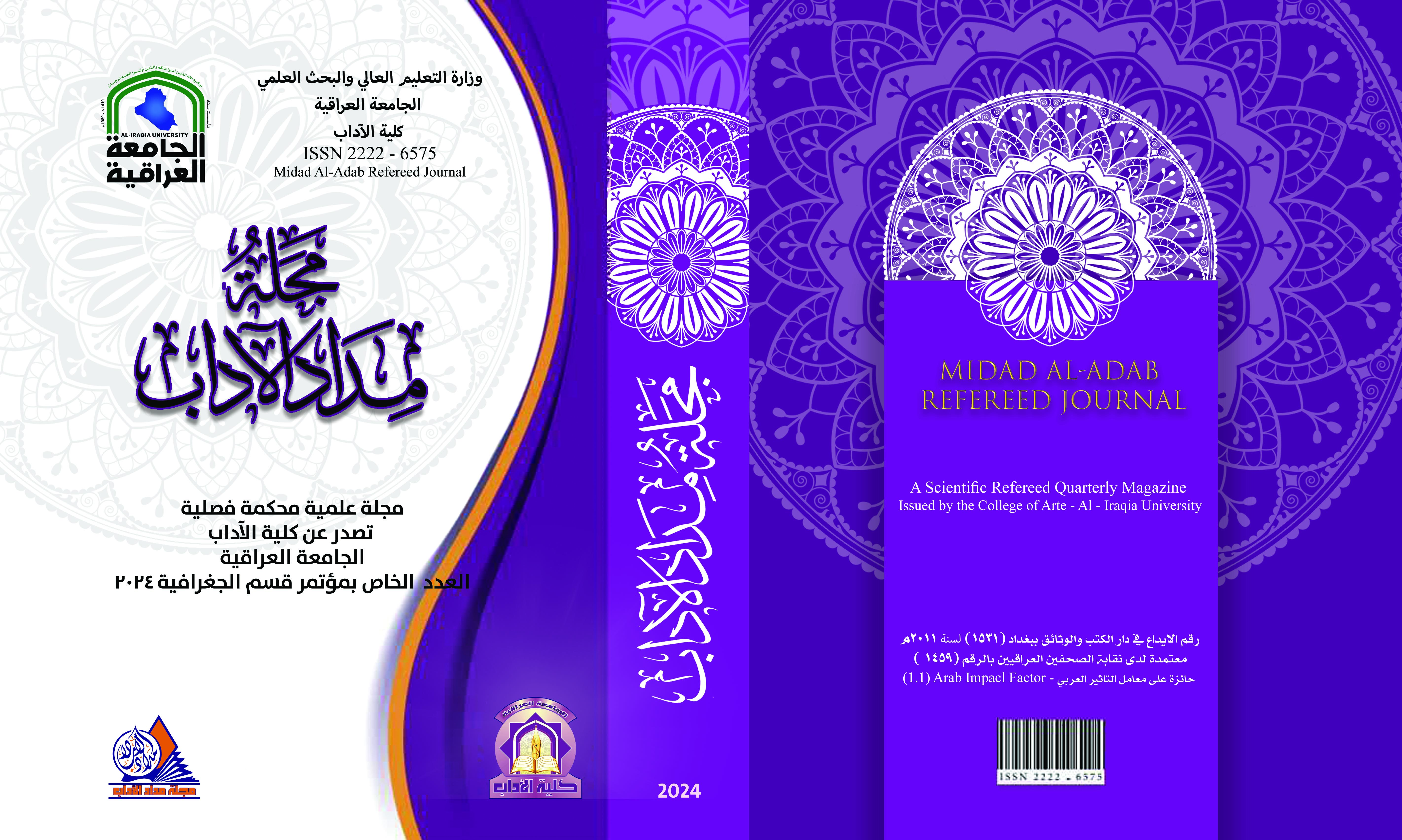Evaluating soil classification in exploratory maps of Iraq: an applied study of the West Sulaibat region in the southern Iraqi plateau using modern technologies
DOI:
https://doi.org/10.58564/ma.v14iالعدد%20الخاص%20بمؤتمر%20قسم%20الجغرافية.1447Keywords:
key words: Classifications of Iraqi Soils, Buring, Falih Al-Tai, Al-Faw, Southern Plateau, West Al-Sulaibat.Abstract
The research aims to test the classifications of (Bjornick, 1960) and (Al-Taie, 1969) and compare them to the classification of (FAO 2006), then conduct an analysis of the soil types in them for the purpose of comparison and determining which classifications are more accurate and detailed in terms of the prevailing soil types in the region and their conformity with field reality. The researchers adopted In collecting research data based on the data provided by modern technologies, government sources, and global data for classifications and field study, the West Sulaibat region in the southern Iraqi plateau in Muthanna Governorate was chosen to be a study area to evaluate the accuracy of soil classification in the exploratory maps of Iraq approved in geographical research.
The research showed that the soil types according to the Iraq Exploratory Lands Map - Buring recorded the smallest number of soil types with an amount of (3) types, and the largest area is the (stoney desert lands-20) type with an area of (15518.15/km2) and (73.7%) of the general The area of the study area is (21,045.76 km2). It was also shown that there are (6) types of soil according to the exploratory map of Iraq - Falih Hassan Al-Ta’i, and that (80%) of the area of the study area falls under the type (red limestone deposits with a rocky face) with an area of (16,870.64 km2). When comparing these classifications with the soil types according to the FAO, it was found that they are the most modern classifications, accurate in detail, and matching the geographic distribution to the reality of the areas of the soil types, the number of which reached (6) types, the most widespread of which is the (floodplain soil) type, which occupied an area of ( 10276.13 km2), which is equivalent to (48.83%) of the entire study area. The research will provide a scientific method through which more accurate sources can be relied upon to classify soils in Iraq for various studies and research by relying on modern technologies.
Downloads
Published
Issue
Section
License

This work is licensed under a Creative Commons Attribution-NonCommercial-NoDerivatives 4.0 International License.








